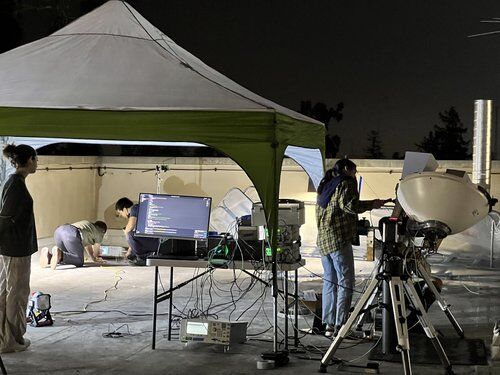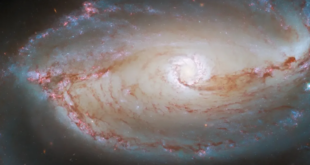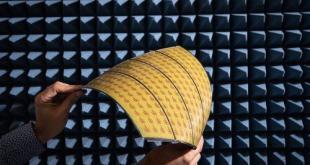
Credit: Ali Hajimiri / Caltech
Ibadan, 19 June 2023. – California Institute of Technology (Caltech) has demonstrated the ability to transmit power in space wirelessly and to beam detectable power to Earth through a space solar power prototype that the University launched. Researchers launched the satellite on January 3 this year, and it has tested a number of processes and components.
One of the primary tests the satellite performed is the microwave array for power-transfer low-orbit experiment (MAPLE). The experiment saw an array of flexible, lightweight power transmitters placed one foot away from two separate receiver arrays on the demonstrator, which receive light from the sun.
The MAPLE array received sunlight, converted it to direct current and fed the current through the transmitters to light up a pair of lights on the satellite. Critically, these transmitters also transferred energy back to Earth, where Caltech researchers detected the transmitted energy via a receiver on the roof of the University’s Gordon and Betty Moore Laboratory of Engineering. As a result, it demonstrated the possibility of gathering solar power in space and transmitting it to Earth.
“Through the experiments, we received confirmation that MAPLE can transmit power successfully to receivers in space,” said Ali Hajimiri, Bren professor of electrical engineering and medical engineering and co-director of the Space Solar Power Project. Hajimiri also added, “We have also been able to program the array to direct its energy toward Earth, which we detected here at Caltech. We had, of course, tested it on Earth, but now we know that it can survive the trip to space and operate there.”
 SpaceWatch.Global An independent perspective on space
SpaceWatch.Global An independent perspective on space




